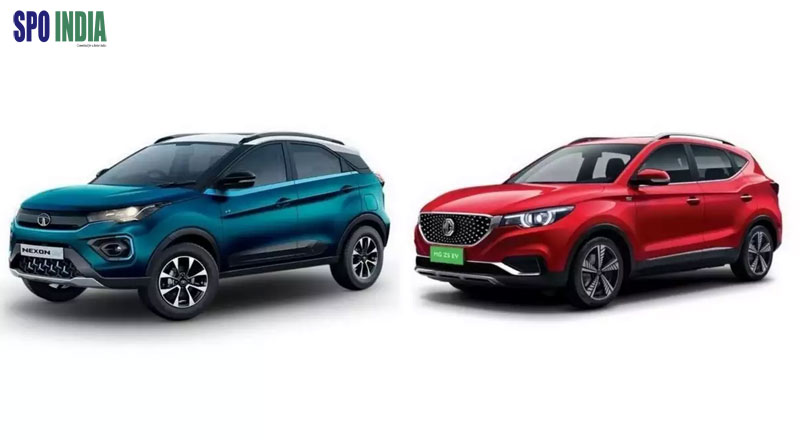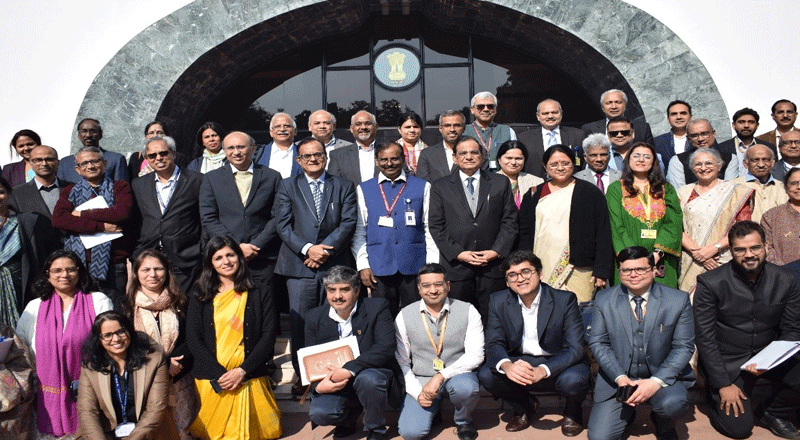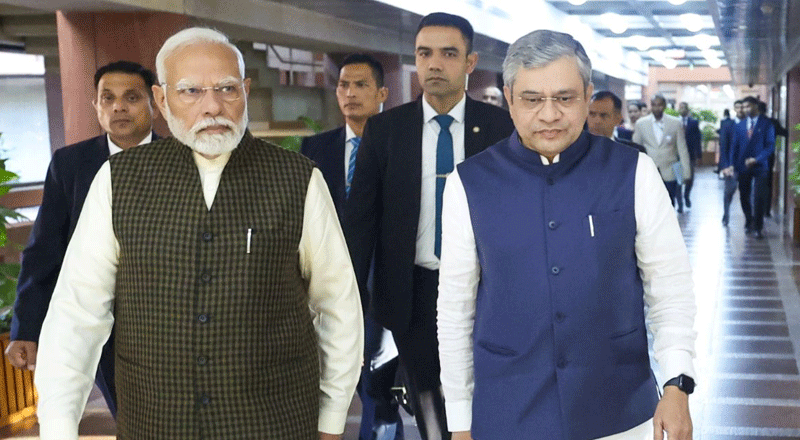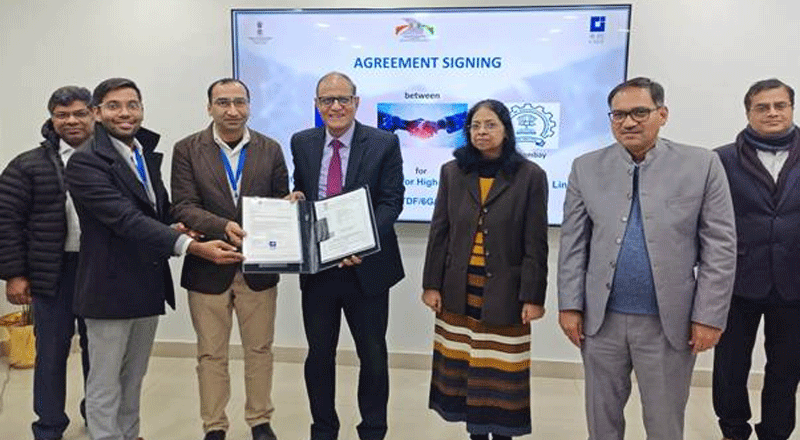As per Delhi’s recently introduced law, diesel vehicles older than 10 years is not allowed to run on public roads. However, owners need not lament the scrapping of their ten years old diesel vehicles anymore, since they will now be allowed to operate on Delhi NCR roads, provided they are retrofitted with an EV powertrain.
Such a step is taken in light of Delhi’s staggering rise in pollution levels. The move not only allows car owners to keep their prized possessions without scrapping them, but it will also help to expand the EV ecosystem. Owing to this, many aftermarket retrofitting companies are stepping in to get a slice of the EV market.
Of course, not every kit maker is free to install an EV battery in a car. According to Delhi Transport Minister Kailash Gehlot, only certified EV kit makers will be empanelled by the state government. The selection for said kit makers will be done by “testing agencies” according to Gehlot’s tweet. Furthermore, there isn’t going to be a “one-size fits all” retrofitting process, as each individual car model is to receive its own EV kit certification.
The move to retrofit obsolete vehicles with zero or low emission powertrains isn’t new to India. A Supreme Court ruling stated that Delhi’s polluting diesel state transport buses be either taken off the road or retrofitted with CNG kits.
However, the certification process for individual models makes it more challenging and time consuming for EV kit makers to install a kit.
So what will an EV conversion kit consist of?
The diesel car or SUV will be stripped of all its ICE components – engine, fuel tank, exhaust, drivetrain. The car will be left with only the chassis, lower arm etc., which will be followed by the installation of an electric motor (DC, mostly) and a battery pack. Modern-day EVs have their battery pack placed across the floor board, and this is usually not possible on retro-fitted cars, which have to have the batteries placed wherever they can be accommodated.
In addition to this a conversion kit requires a power controller to regulate the flow of energy, a recharging system to allow the flow of electricity to the li-ion batteries and a few other tweaks to power the car’s other electronic functions. Then you’ll need a transmission adapter kit along with a controller and a chill plate to keep the controller cool. A domestic charging system will also need to be included.





